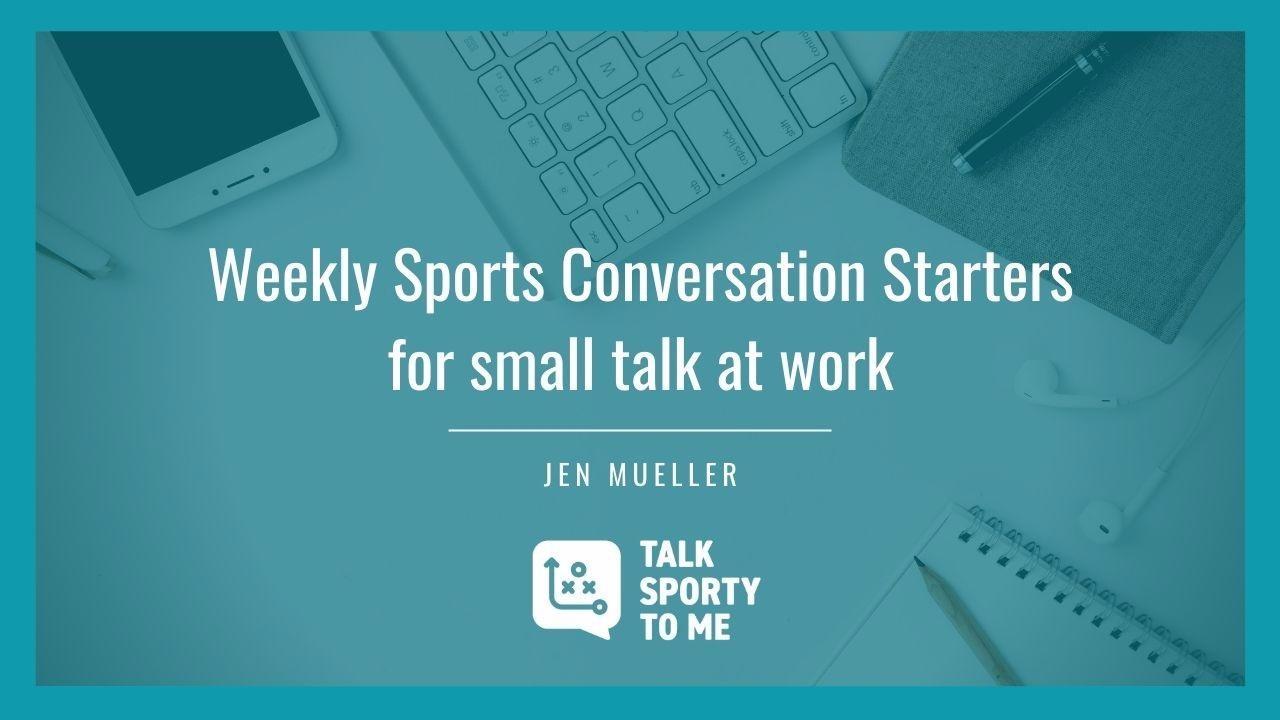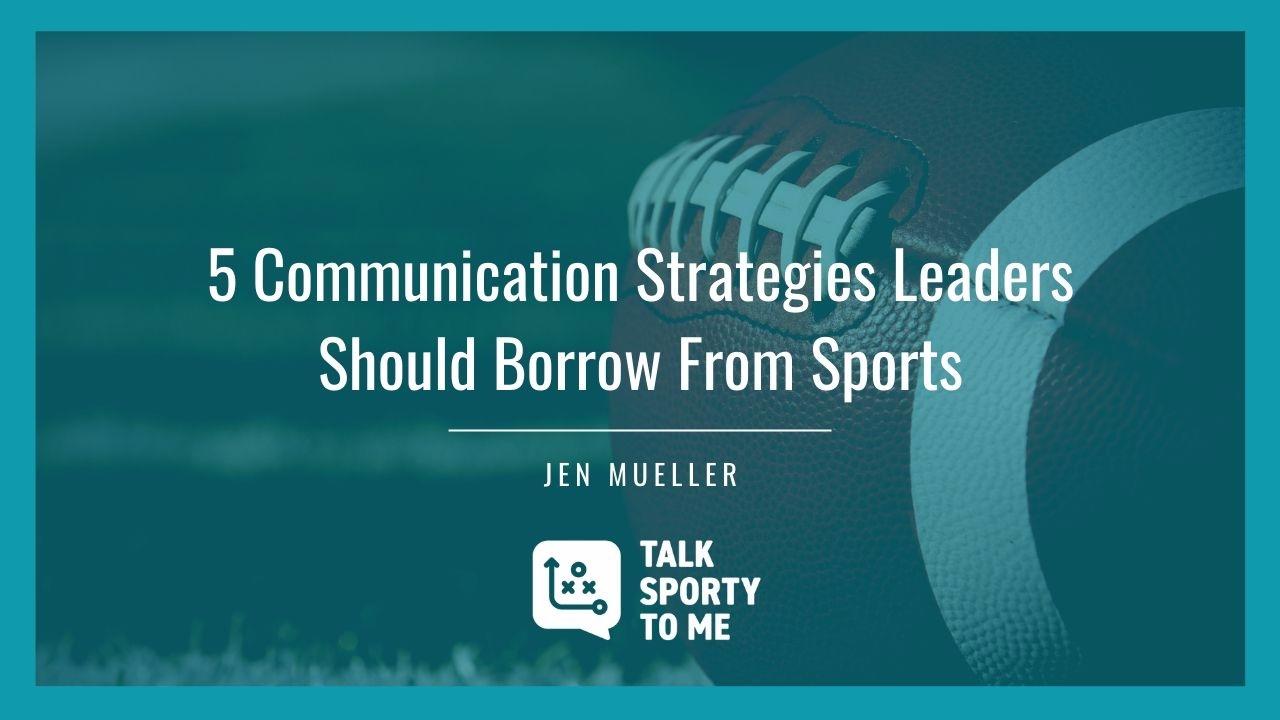Get a jump start on those New Year’s resolutions by committing to at least one productive small talk conversation a day this week.
What makes small t...
Happy Holiday week!
I’ll keep this short and sweet since you’ve got a lot on your plate. Don’t forget that sports topics make good small talk options...
“How do you get a coworker to trust you, especially if you’re younger and don’t have as much experience?”
That question came from a high schooler att...
It’s officially the Christmas season and I’m finally on board with Christmas music, Christmas trees, Christmas shopping and my Christmas pajamas. It’s...
Happy Thanksgiving Week!
You know I'm a big advocate of small talk, face-to-face conversations and building relationships through daily interactions. ...
The Seahawks bye week gave me a chance to sit and watch football all weekend.
So naturally I spent Sunday watching the Red Zone channel, which is awe...
Most athletes will never make it to the pros. But they can all become leaders.
Despite the amount of money pouring into youth programs and select tea...
Stats, scores and outcomes.
That’s usually how sports conversations are approached. Throw in an occasional cliché or metaphor and people really think...













